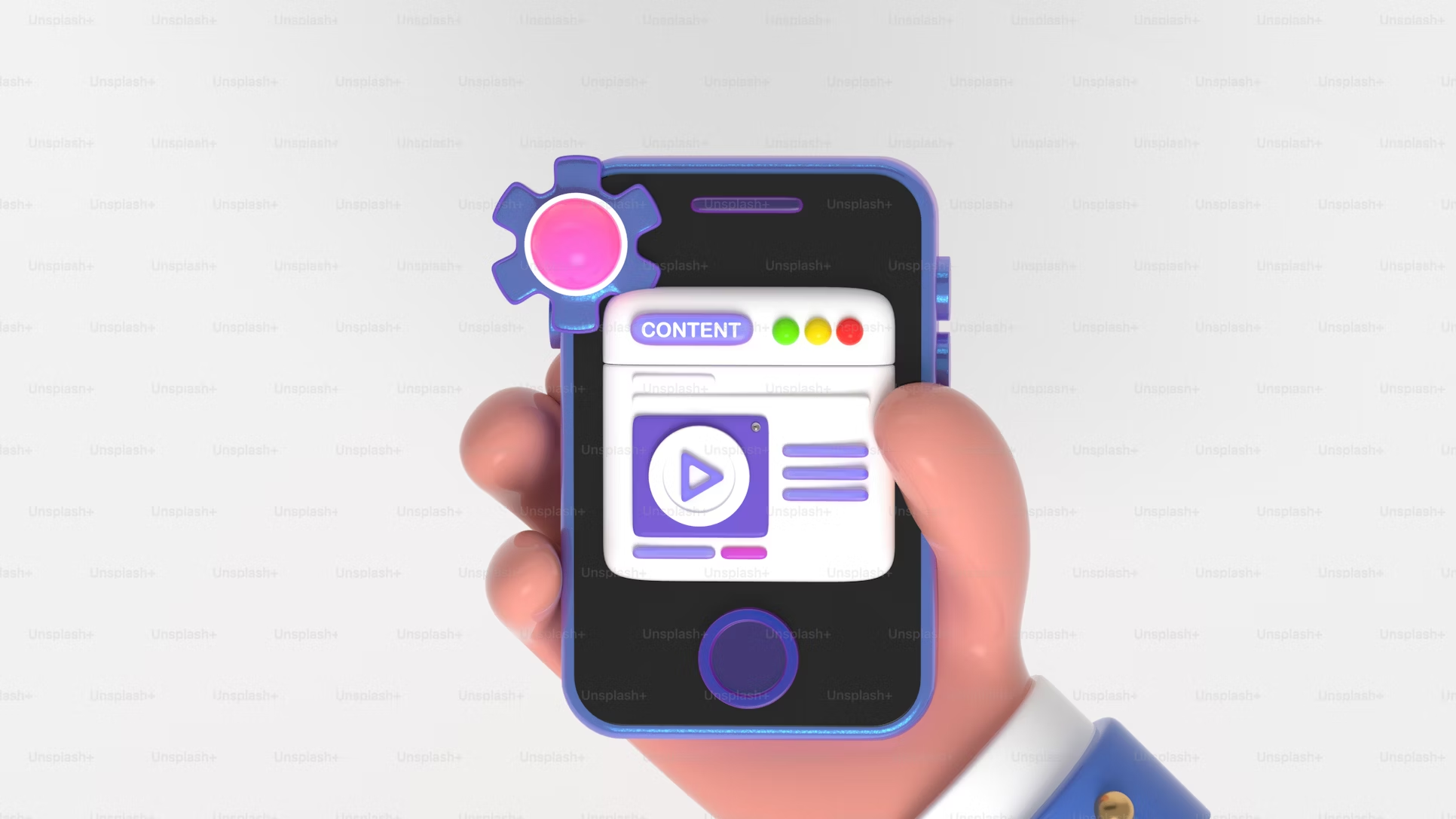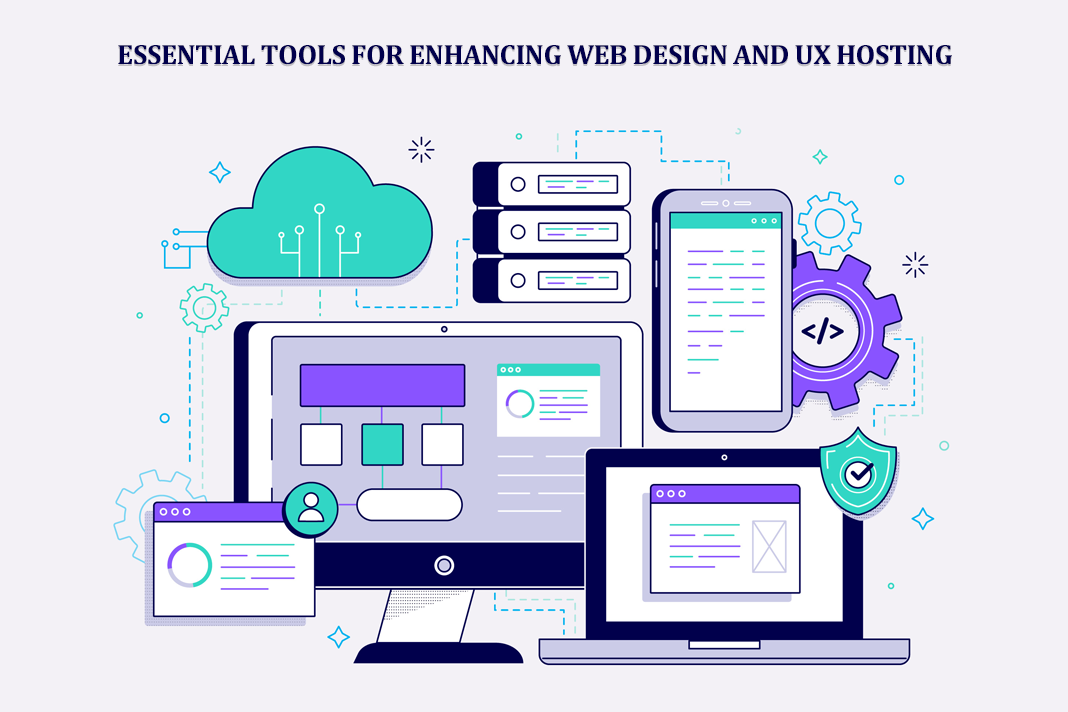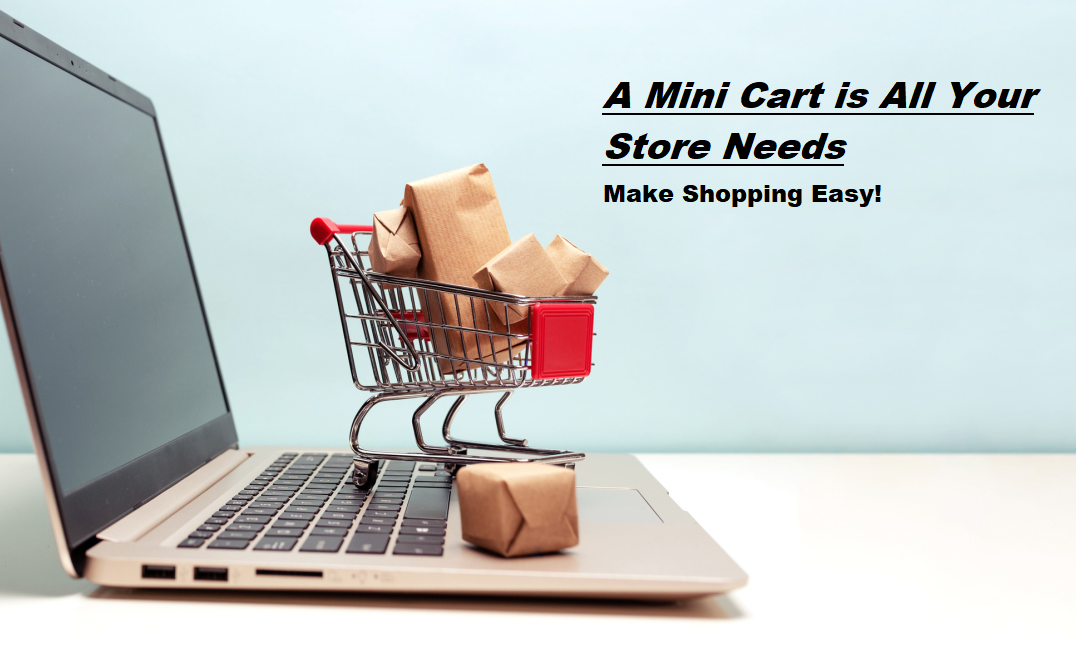6 Things You Need to Know About Selling for Your Software Startup
The global software industry is expected to grow by an impressive $230.35 billion between 2021 and 2025. With such staggering growth, opportunities abound for entrepreneurs to launch successful software startups.
Quick Links
However, it takes more than just a great idea to sell software successfully. This blog post will explain six things that you need to know about selling your software startup.
Let’s delve right in.
1. Understand Your Target Market and Audience
Understanding your target market and audience helps you align your product with their needs and pain points. It’s also essential to understand what motivates them and how they like to consume information.
Once you have a good understanding of your target market and audience, you can start thinking about the best way to reach them and sell them your product.
This might involve creating targeted content, running ads, or attending relevant events. By taking the time to understand your target market and audience, you’ll be in a much better position to sell them your software.
2. Create a Strong Value Proposition
A value proposition is a statement that outlines the importance or USP of your product. This statement should be clear, concise, and captivating. The idea is to be able to convince even the most skeptical of customers that your product is worth their money.
In addition, it should clearly state what problem your product solves and how it does so better than any other solution on the market. After all, if you can’t articulate why your product is valuable, how can you expect to generate a software startups sale?
3. Build a High-Quality Product
Another sure tip on how to sell your software startup is to never compromise on quality. Great software products, such as this police RMS (records management system), are what drives revenue and set your startup apart from the competition.
By focusing on quality, you ensure that your users will be satisfied with their experience. This means that they are more likely to recommend your software to others. This, in turn, brings in new customers and generates word-of-mouth marketing for your brand.
Additionally, building a product of the highest quality gives you a stronger foundation for growth. You can focus on other things without worrying about quality, such as:
- Expanding features
- Improving customer support
- Adding new marketing initiatives
At the end of the day, building a high-quality product is the most important step in launching a successful software startup. By focusing on quality and delivering an outstanding user experience, you can set yourself up for long-term success in the highly competitive market of software products.
4. Choose the Right Pricing Strategy
Any software startup needs to think about pricing strategy as part of their go-to-market plans.
The right pricing strategy will help you get your product moving. If you’re not careful, you can leave money on the table or make it too hard to sell your product. . For example, security agencies might use security management software for different purposes. Larger cities benefit the most of this technology because it helps coordinate and dispatch the proper security officers.
There are three main categories of pricing strategies:
- Cost-based pricing
- Value-based pricing
- Competition-based pricing
Cost-based pricing means setting your price based on the costs to produce and deliver your product. Value-based pricing, on the other hand, means setting your price based on the perceived value of your product to the customer.
Competition-based pricing means setting your price based on what similar products are selling for in the market.
The best pricing strategy for your software startup will depend on several factors, including your:
- Product features
- Target market
- Distribution channels
You’ll also need to think about how much flexibility you have to adjust your prices over time. It’s important to strike the right balance between maximizing revenue and promoting the adoption of your product.
5. Make Sure Your Website Is Selling-Friendly
Having a website that is selling-friendly means creating a user-friendly layout and optimizing your copy to encourage conversions. By focusing on these factors, you can ensure that your website is doing its part to move your product and help it succeed.
First of all, having a well-designed site makes it easier for users to navigate and explore your products.
You want them to be able to easily find information about your offerings, as well as any features or benefits that might be appealing to them. This means making sure your site has clear CTAs and callouts, as well as providing concise descriptions of each product in an effortless way.
Additionally, having a strong copy on your site can make all the difference when it comes to conversions. Whether you’re using visuals or text, you need to make sure that every word speaks directly to the needs and pain points of potential customers.
This could mean utilizing language that resonates with them or highlighting key features or testimonials from other users who were successful with your product.
6. Prepare for Customer Service Issues
Running a software startup requires constant innovation and adaptation. At times, you may encounter customer service issues or other unexpected challenges. To be prepared for these issues and navigate them successfully, it’s important to be strategic and proactive in your approach.
One key strategy is to develop close relationships with your customers. By getting to know them on a personal level and understanding their needs and pain points, you can better anticipate potential problems before they arise.
In addition, building strong connections will help you provide the high-quality support that your customers expect.
Get It Right When Selling Your Software Startup
Selling your software startup can be a challenge, but it doesn’t have to be impossible. With careful planning, proactive strategy, and flexibility in mind, you can allow your software startup to thrive and succeed.
Author Bio: Kevin Ruef

Kevin Ruef co-founded 10-8 Systems after exceeding multiple companies’ sales records (both domestically and internationally). With more than a decade in sales, his experience ranges from B2B, B2G, and B2C. Since the company’s start in 2019, Kevin has been responsible for business development, strategic partnerships, and business operations.
Why WooCommerce is the Best Choice for Your Online Store?
WooCommerce stands out as a top option for anyone looking to build an online store. This platform…
0 Comments8 Minutes
How to Use AI-Powered SEO Tools for WordPress eCommerce
SEO is a critical factor in the success of any e-commerce WordPress store. As competition…
0 Comments11 Minutes
Why Short-Form Videos Are the Future of Content Marketing
Your Instagram customers spend over 50% of their time watching short-form videos and reels. Rather…
0 Comments12 Minutes
The Role of Digital Marketing in Business Growth
Online marketing touches every aspect of a business, whether it is initiating the idea or for an…
0 Comments3 Minutes
AI Meets Authenticity: Balancing Automation and Human Touch in Content Marketing
Is your brand starting to sound like a robot? In a world where algorithms write faster than any…
0 Comments8 Minutes
Essential Tools for Enhancing Web Design and UX Hosting
Have you ever visited a website that felt slow, clunky, or confusing? A website that is poorly…
0 Comments11 Minutes
How a Mini Cart Transformed My Store’s Shopping Experience
Okay, real talk—running an online store is hard. You think you’ve got everything figured out, you…
0 Comments9 Minutes
Balancing Your Security Initiatives With Industry Compliance Requirements
Managing a business today comes with a number of daily battles that need to be fought. Resources…
0 Comments11 Minutes








